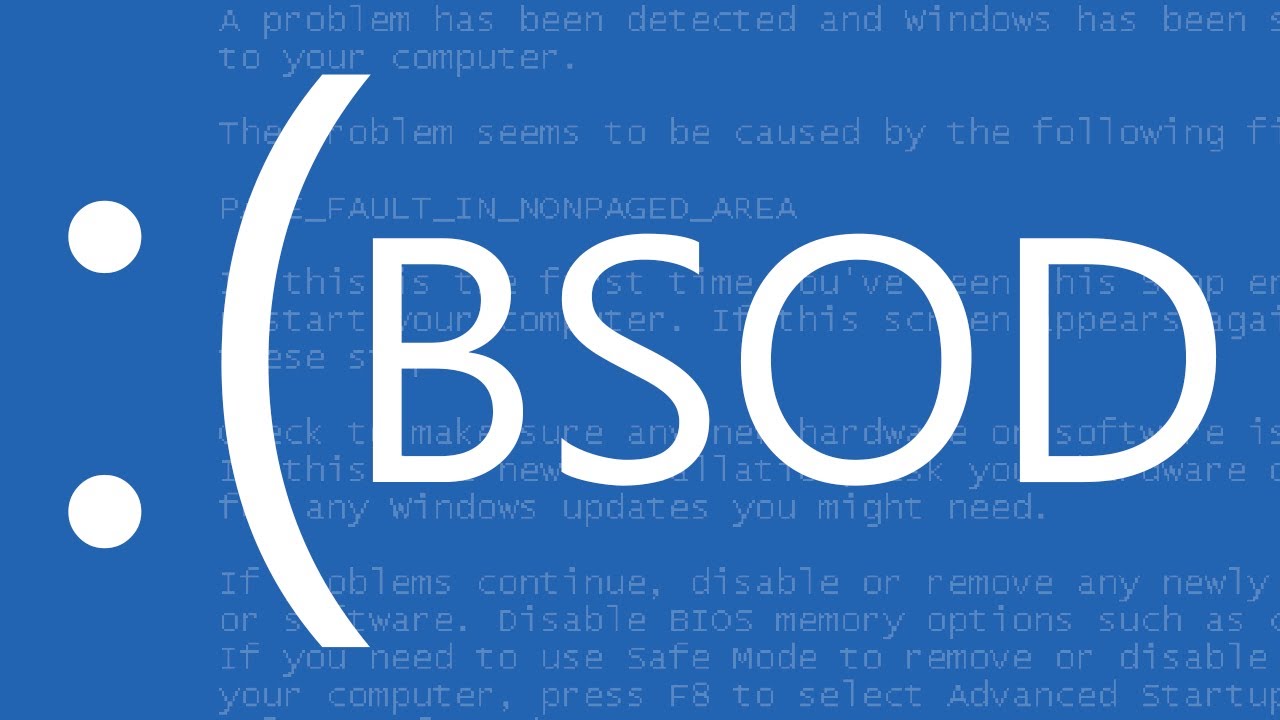PC Won’t Boot? Try These 7 Quick Fixes
Few things are more frustrating than pressing the power button on your PC and getting nothing. Whether it’s a completely blank screen, an error message, or a stuck loading loop, a PC that won’t boot can be a serious headache—especially if you rely on it for work or school.
Fortunately, in many cases, a non-booting PC doesn’t mean your computer is dead. From simple power issues to more complex operating system problems, many of these issues can be fixed at home. In this guide, we’ll walk you through seven quick and effective fixes to try when your PC refuses to boot.
1. Check Power Supply and Connections
Before diving into complex solutions, start with the basics. If your PC isn’t turning on at all—no lights, fans, or beeps—there may be a power issue.
For desktops:
-
Ensure the power cable is securely plugged into both the power outlet and the PC.
-
Check the power switch on the PSU (power supply unit) and the wall socket.
-
Try a different power outlet or a different power cable.
For laptops:
-
Make sure the charger is connected and functional.
-
Try a different charger if available.
-
Remove the battery (if removable) and attempt to power on with only the charger plugged in.
A faulty power supply, dead battery, or bad power strip can cause your computer to appear completely unresponsive.
2. Listen for Beeps or Look for Diagnostic LEDs
When a PC fails to boot but still powers on, it might give you clues through beep codes or status lights.
Beep codes are short and long beeping sounds emitted by the motherboard speaker. Each pattern points to a specific problem—such as memory, CPU, or graphics card errors.
Diagnostic LEDs or small displays on the motherboard (common in modern desktops) can also signal which hardware component failed during POST (Power-On Self-Test).
Look up your motherboard’s manual or manufacturer’s website to interpret the beep or LED codes. It may point you directly to the failing component.
3. Disconnect External Devices
Sometimes, external hardware like USB drives, printers, or even a faulty mouse can interfere with the boot process.
Steps:
-
Disconnect all peripherals except for keyboard, mouse, and monitor.
-
Restart the PC.
A USB device configured with a bootable OS or even a corrupted external storage drive can prevent the system from booting properly. Once you’ve isolated the device, reconnect each one at a time to pinpoint the issue.
4. Check Display and Monitor Settings
It’s possible your computer is booting, but you simply can’t see it due to display problems.
For desktops:
-
Make sure the monitor is powered on.
-
Check for loose cables or damaged connectors (HDMI, DisplayPort, VGA).
-
Try another monitor or cable.
-
Switch between GPU and onboard graphics (if available).
For laptops:
-
Use the Fn + display key (e.g., F4, F7) to switch between internal and external displays.
-
Shine a flashlight on the screen to check if the backlight is dead (a faint display may still be visible).
Many boot issues are mistaken when in reality, it’s just the display that’s malfunctioning.
5. Boot Into Safe Mode or Recovery Mode
If your PC turns on but gets stuck on the Windows logo, a black screen, or a spinning circle, it may be a software or driver-related issue. You’ll need to interrupt the normal boot process to access Safe Mode or Recovery Mode.
Steps:
-
Turn off your PC by holding the power button.
-
Turn it back on and repeat this step 2–3 times. Windows should then enter Recovery Mode.
-
Choose Advanced Options > Startup Settings > Restart.
-
Press 4 to enter Safe Mode.
Safe Mode starts Windows with only essential drivers and services, which can help you troubleshoot:
-
Uninstall recent updates or drivers.
-
Run antivirus or malware scans.
-
Use System Restore to roll back to a previous working state.
If Safe Mode works, chances are your hardware is fine, and the issue is with software or corrupted system files.
6. Repair Windows Bootloader
Sometimes, the bootloader—the part of Windows that initiates the startup process—gets corrupted. This often happens after failed updates, dual-boot setups, or malware infections.
You can repair it using Windows Recovery Environment (WinRE):
Steps:
-
Create a bootable USB using another PC (use Microsoft’s Media Creation Tool).
-
Boot from the USB and select Repair your computer.
-
Go to Troubleshoot > Advanced Options > Command Prompt.
Then enter the following commands:
Restart your PC and check if Windows now boots normally.
7. Test and Reseat Internal Hardware
If you’re dealing with a hardware-level issue, such as RAM or GPU errors, you might need to open your PC and check the physical components.
Precautions:
-
Always disconnect power and ground yourself before touching internal parts.
-
Only proceed if you’re comfortable opening a PC case.
Steps to try:
-
Reseat RAM sticks—remove them and put them back firmly.
-
Try using only one RAM module at a time.
-
Reseat or remove the GPU if present.
-
Disconnect and reconnect the SSD or HDD.
Loose or poorly seated components are a surprisingly common cause of no-boot scenarios—especially after moving the PC or after a power outage.
Check BIOS Settings
If you’ve recently changed BIOS settings or updated firmware, the system might not boot because of incorrect configurations.
To reset BIOS:
-
Power off the PC.
-
Press and hold the BIOS reset button (if available) or remove the CMOS battery for a few minutes.
-
Restart the computer and load BIOS defaults.
Make sure the boot order is correct—especially if you have multiple drives or USB devices connected.
When to Seek Professional Help
If none of these steps solve your problem, it could be a deeper hardware issue such as:
-
Motherboard failure
-
Power supply problems
-
CPU or GPU damage
-
Severe disk failure
In such cases, it’s best to contact a professional technician or authorized service center—especially if your device is still under warranty.
Final Thoughts
When your PC won’t boot, panic is a natural first reaction. But in most cases, the issue is minor and solvable. Whether it’s a power cord that’s come loose, a corrupt bootloader, or a problematic USB device, these seven quick fixes can save you time, money, and frustration.
Patience and a methodical approach are your best tools. Start with the simplest solutions and work your way up. If you’re lucky, your system will be back in action in minutes—and if not, at least you’ll know exactly what to try next.

With years of experience in technology and software, John leads our content strategy, ensuring high-quality and informative articles about Windows, system optimization, and software updates.












![7 Common Windows 10 Errors And How To Fix Them [2020] - TechDipper](https://windows12download.com/wp-content/uploads/2023/04/Windows-10-Errors-300x169.jpg)

Post Comment
You must be logged in to post a comment.